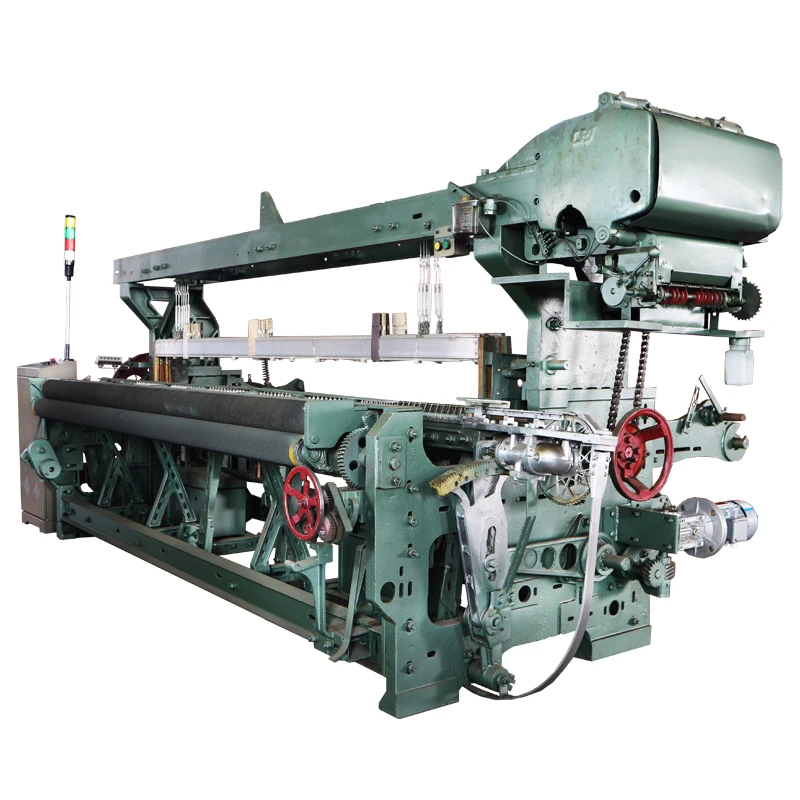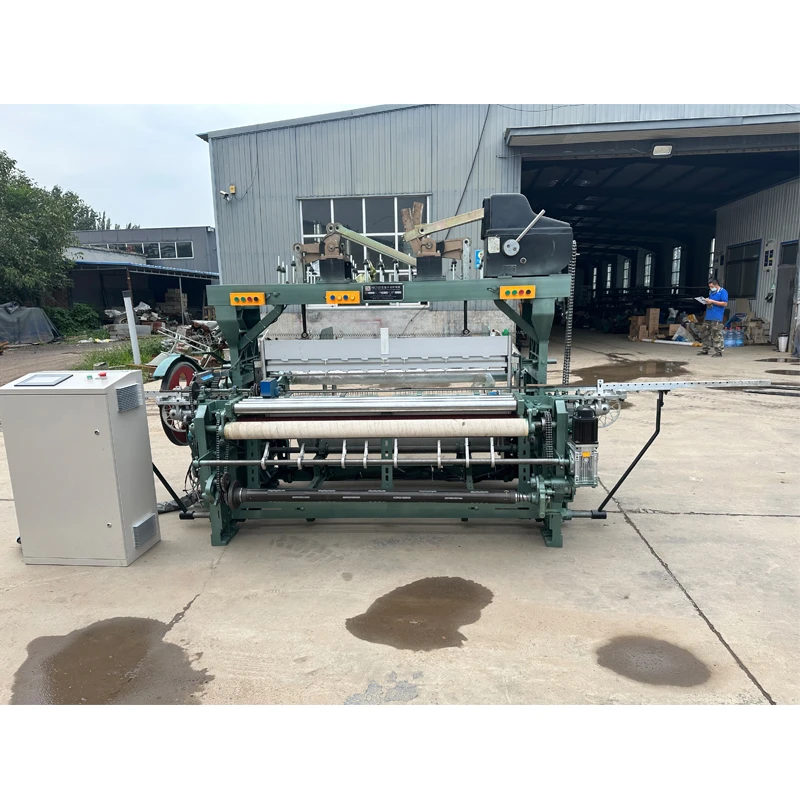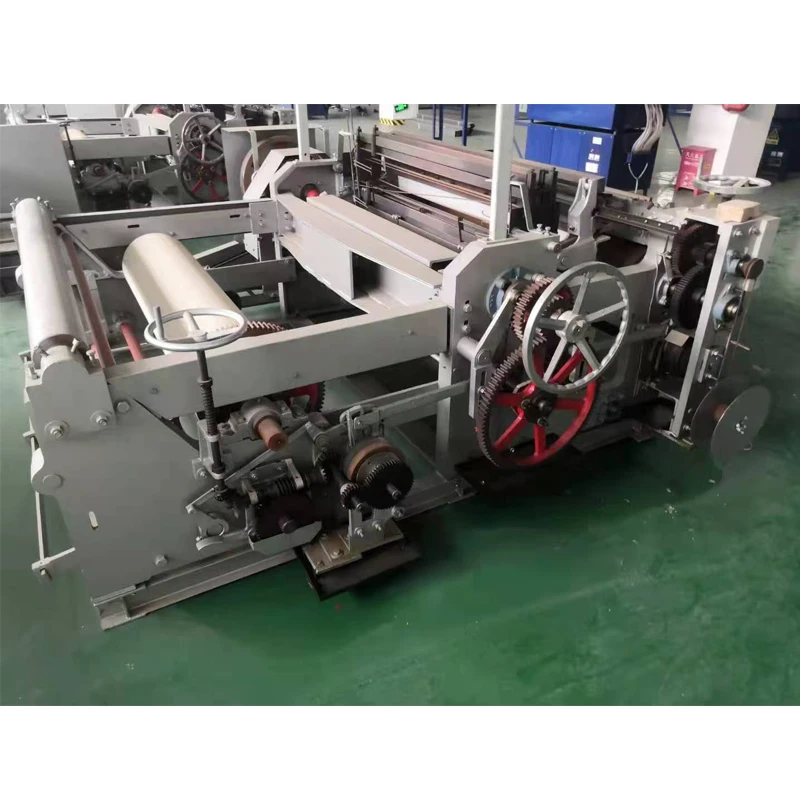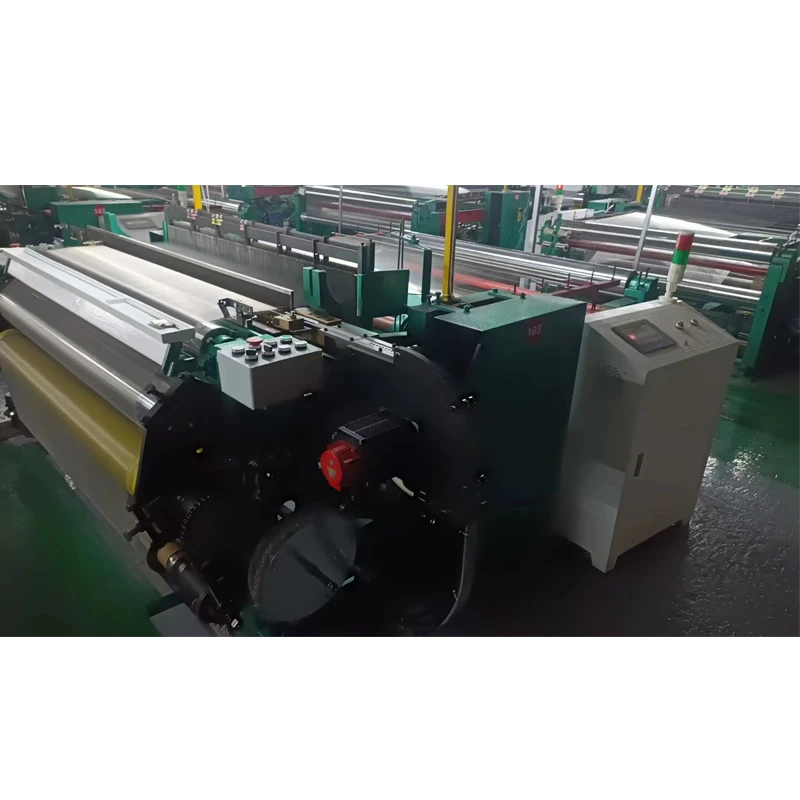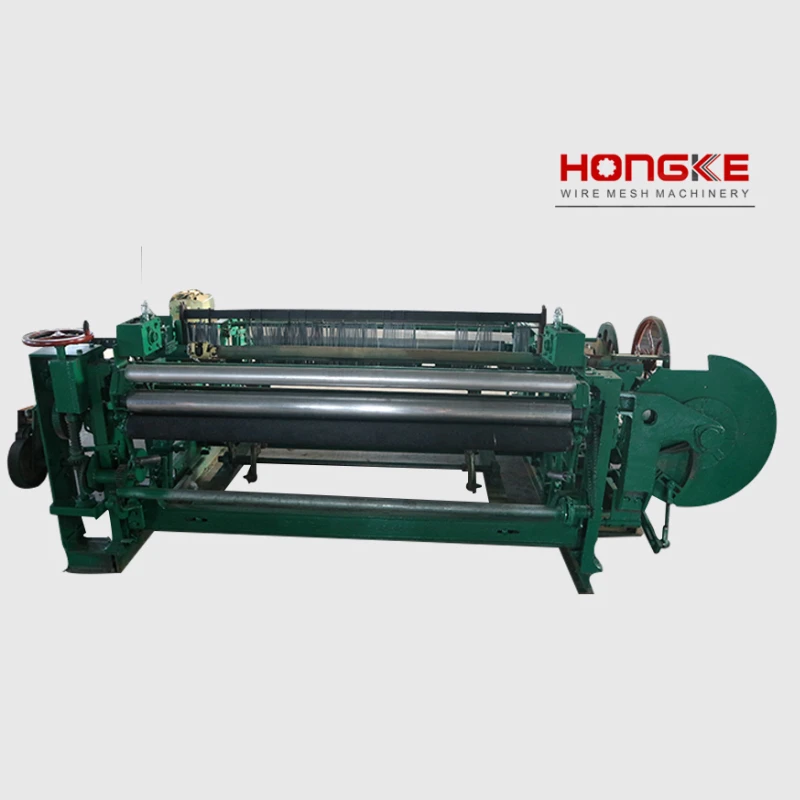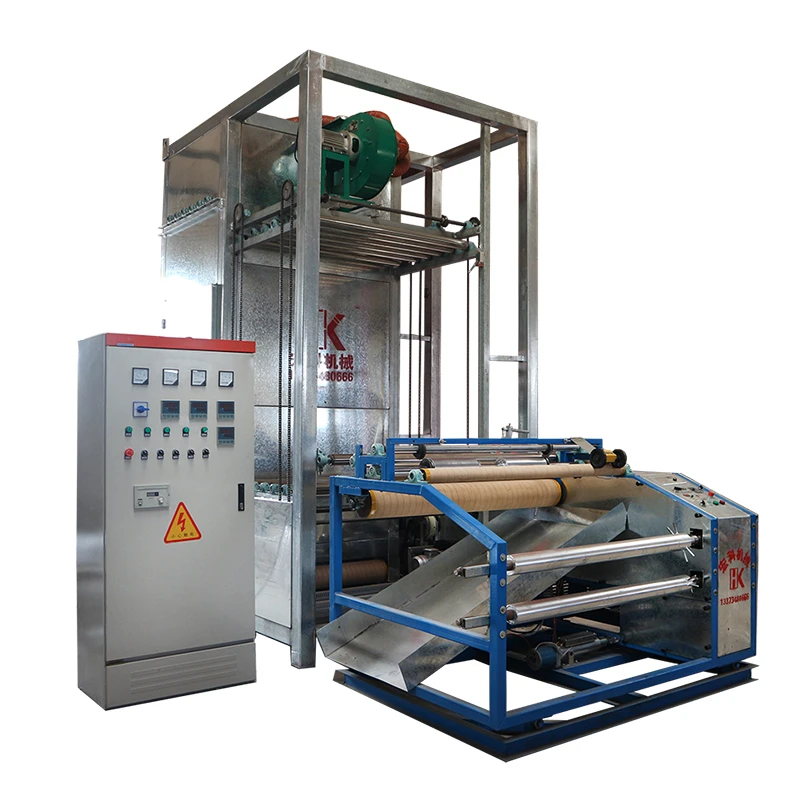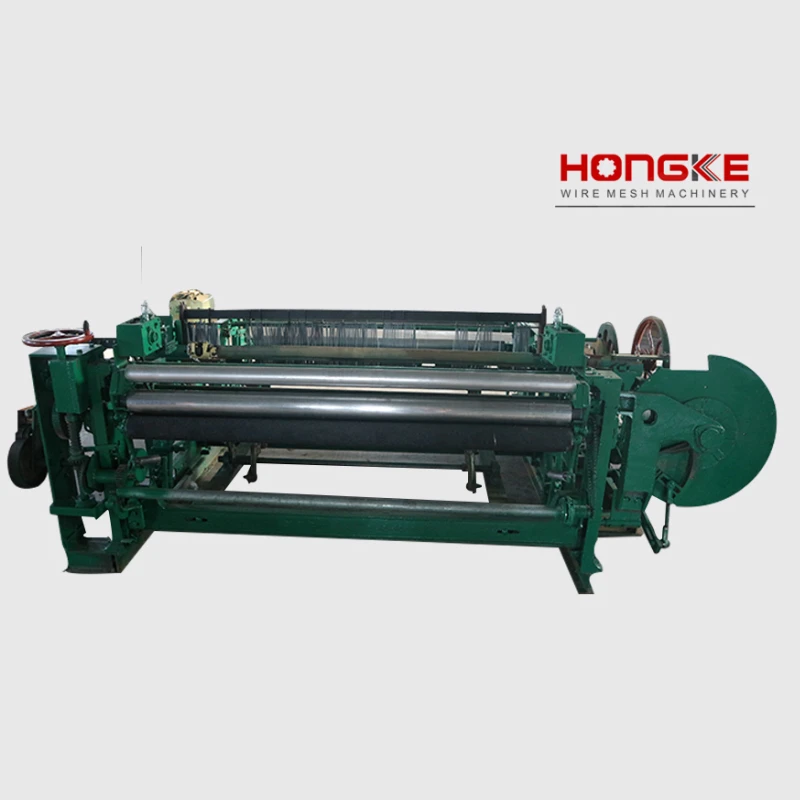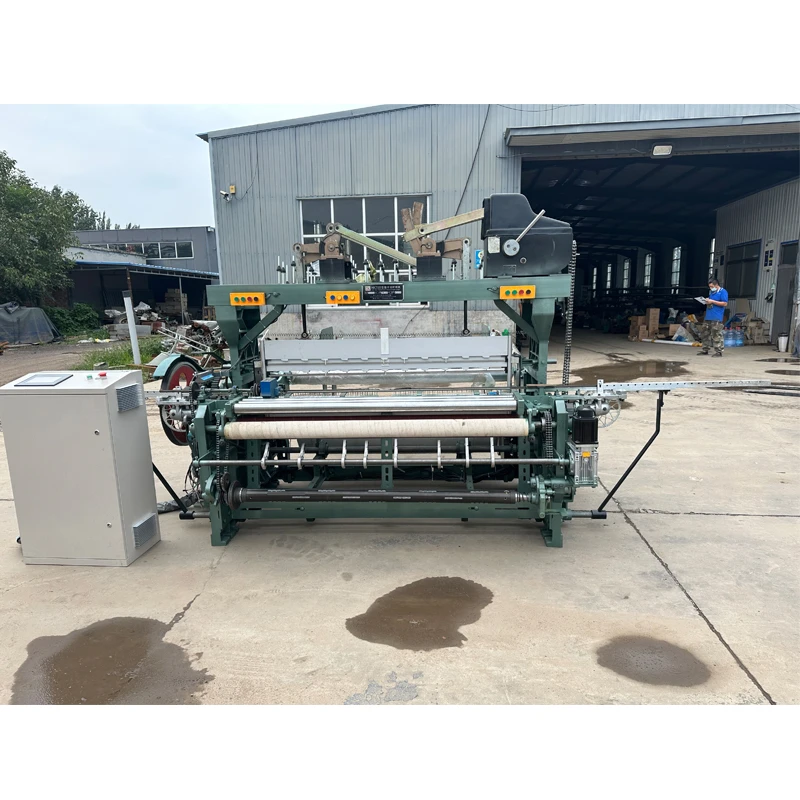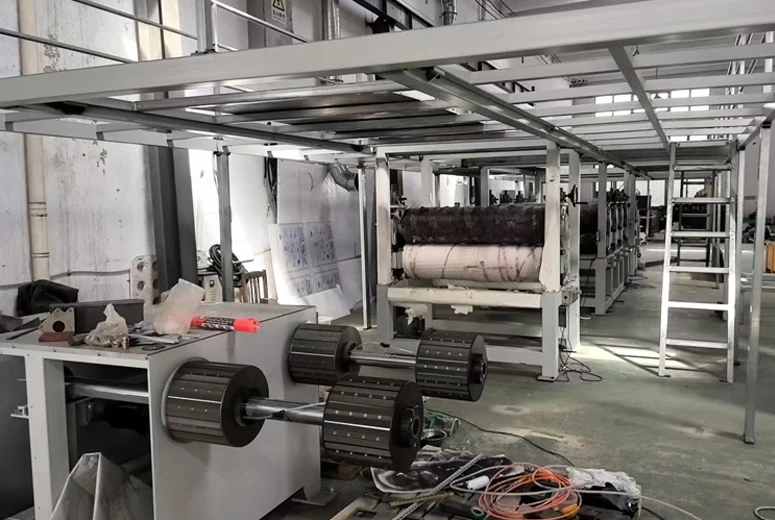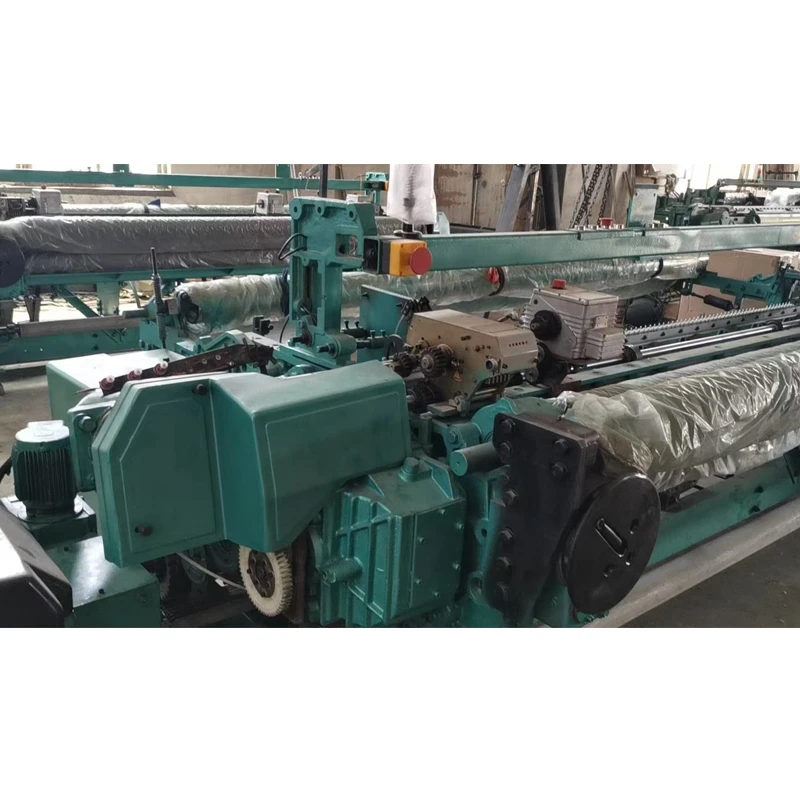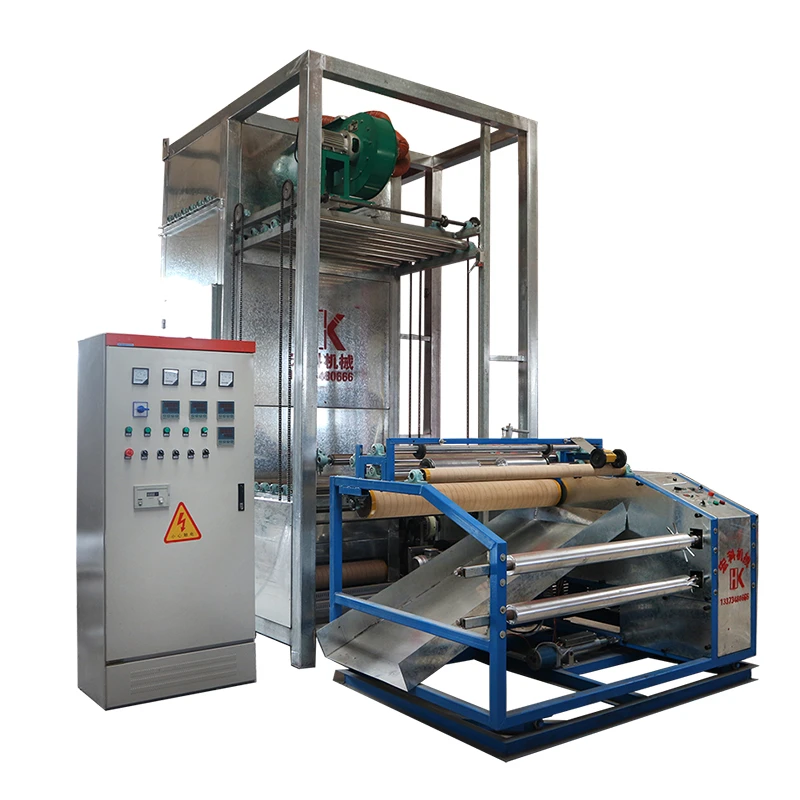
- Fundamentals of sectional warping technology
- Performance advantages driving textile manufacturing
- Comparative analysis of leading manufacturers
- Technical specifications comparison table
- Custom engineering capabilities
- Real-world implementation case studies
- Strategic considerations for adoption

(sectional warping machine)
The Fundamental Mechanics of Sectional Warping Machines
Sectional warping revolutionizes textile manufacturing by creating precise warp beams through sequential coloring and winding operations. Unlike beam warping, this process interlaces different colored yarns into intricate patterns, enabling complex fabric designs without sacrificing production efficiency. The machinery comprises four principal components: the creel system holding up to 1,200 yarn packages, precision tensioners maintaining uniformity (±0.1g tension variance), the comb section aligning threads with microscopic accuracy, and the winding drum rotating at 80-120 RPM for beam formation. Modern iterations feature laser-guided thread path monitoring that reduces setup time by 40% compared to mechanical systems. These technological foundations make sectional warping indispensable for patterned fabric production where color consistency across batches remains critical. The sequential winding approach allows manufacturers to maintain pattern integrity while processing fine yarns from 20Ne to 120Ne count.
Performance Advantages Driving Textile Manufacturing
Contemporary sectional warping systems deliver 18-24% higher productivity than traditional beam warpers, primarily through automated functions and intelligent control. Advanced models incorporate AI algorithms that analyze yarn elasticity in real-time, automatically adjusting tension parameters to reduce breakage rates to less than 0.5 breaks per million meters. Energy efficiency represents another significant benefit - direct-drive motors and regenerative braking systems decrease power consumption by approximately 190 kWh daily in continuous operation. For quality-critical applications like automotive textiles, contactless tension sensors maintain consistent thread positioning with ±0.05mm precision throughout 800mm beam widths. Data-driven diagnostics provide predictive maintenance alerts, decreasing unplanned downtime by 30% while extending mechanical components' service life to 120,000 operating hours before overhaul. These technological improvements directly translate to measurable output increases, with average installations achieving 98.4% operational efficiency during sustained production runs.
Market-Leading Warping Machine Manufacturers
The industrial machinery sector features prominent manufacturers developing specialized solutions for different production scales. European engineers excel in precision components for high-speed operations while Asian manufacturers optimize systems for mass-production environments requiring rapid configuration changes.
| Manufacturer | Maximum Speed (m/min) | Beam Capacity (mm) | Automation Grade | Maintenance Interval | System Integration |
|---|---|---|---|---|---|
| Karl Mayer | 1,200 | 3,800 | Level 4 (AI Adaptive) | 500 hours | PROCESS DIRECTOR® |
| Benninger | 1,050 | 3,600 | Level 3 (Semi-Auto) | 450 hours | UNIVAL® |
| SHIMA SEIKI | 900 | 2,800 | Level 4 (IoT Cloud) | 750 hours | SIP® |
| Dornier | 1,100 | 3,400 | Level 3 (Predictive) | 550 hours | FACTORY 4.0 |
Manufacturers differentiate through proprietary monitoring technologies. Benninger's EcoSet feature reduces energy consumption during idle periods by 60% through intelligent motor control, while Karl Mayer's On-Machine Quality Control (OMQC) automatically flags tension deviations using spectral analysis. SHIMA SEIKI provides remote troubleshooting via augmented reality interfaces that overlay maintenance instructions directly onto equipment during service procedures.
Custom Engineering Capabilities
Specialized modifications extend core capabilities for niche applications in technical textiles and composite materials. For aerospace-grade carbon fiber weaving, manufacturers install ceramic contact points to prevent material degradation during high-speed processing at 900m/min. Medical textile producers implementing antimicrobial fabrics utilize yarn lubrication systems that apply FDA-approved coatings at 0.15mg per linear meter precision. Modular design philosophies enable 92% of sectional warpers to be reconfigured within 72 hours between productions, accommodating material changes from delicate 5-denier silk to coarse 0.9mm flax yarns. North American manufacturers particularly favor expandable creels that scale from 600 to 1,200 positions without infrastructure modifications, providing flexibility for variable batch sizes. For large-scale operations, multi-head configurations allow parallel processing of 3 independent beams simultaneously, increasing throughput 270% while occupying only 35% more floor space than standard configurations.
Industrial Implementation Case Studies
Pakistan's Crescent Bahuman facility achieved measurable improvements after installing automated sectional warping systems. By integrating laser measurement for instantaneous tension correction, the mill reported 22% higher pattern consistency across high-count cotton fabrics destined for premium markets. More significantly, the 18-month ROI exceeded projections through a 28% reduction in labor costs and decreased material waste. In India's flourishing technical textile sector, Arvind Limited processed specialized aramid yarns for fire-resistant garments using customized double-stage tensioning systems, improving fabric tear strength by 19% while increasing daily output to 5,200 meters. European lingerie manufacturer Lauma Fabrics substantially decreased changeover intervals between productions. By implementing quick-release beam fixtures and pre-programmed pattern memory, the facility reduced machine reconfiguration from 140 to 22 minutes, enabling smaller batch productions without sacrificing profitability.
Strategic Considerations for Sectional Warping Machine Implementation
Selecting appropriate warping technology requires evaluating production variables including pattern complexity, material diversity, and output requirements. Facilities processing predominantly monochrome fabrics should assess whether beam warping offers sufficient capabilities before investing in sectional equipment costing $185,000 to $420,000. For patterned textiles, operators must validate that chosen equipment accommodates their maximum pattern repeat dimensions - industry standards range from 1,300 to 2,200mm cylinder widths depending on fabric specifications. Maintenance planning remains critical; manufacturers typically provide service contracts covering 98% of components for 3,000 operating hours, representing 12-18% of initial acquisition costs annually. Operator training requirements often necessitate 160-220 hours per technician for advanced systems, though manufacturers like Karl Mayer provide proprietary simulation software that reduces practical training by 70%. Future expansion planning should accommodate potential throughput increases; specifying variable frequency drives and oversized motor capacities enables eventual speed increases up to 25% without hardware modifications.
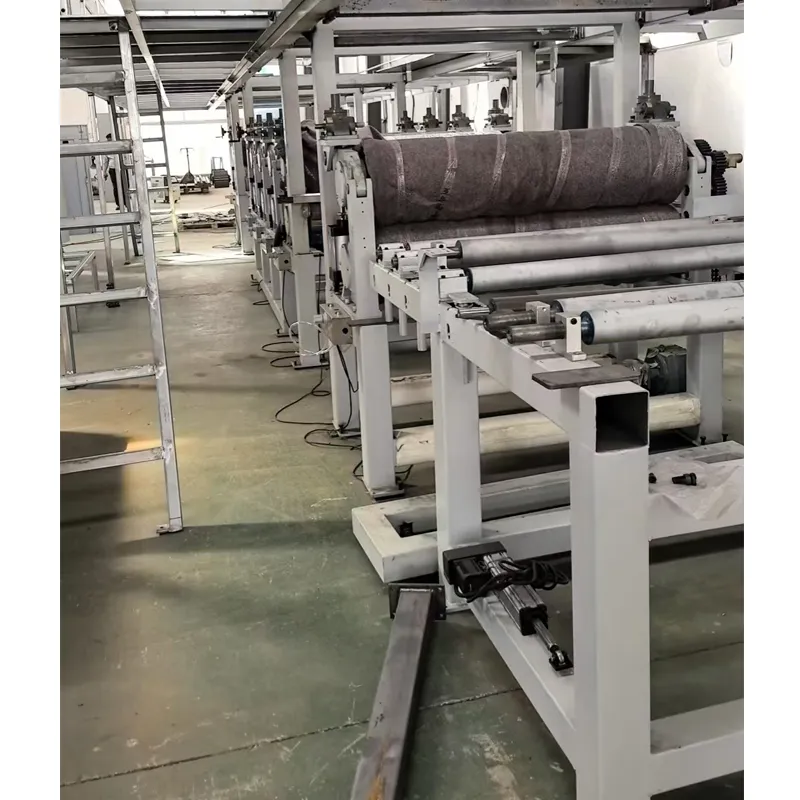
(sectional warping machine)
FAQS on sectional warping machine
Q: What is a sectional warping machine used for in textile manufacturing?
A: A sectional warping machine prepares warp yarns by winding them sectionally onto a drum before transferring to a loom beam. It ensures precise yarn alignment and tension control, optimizing efficiency in large-scale textile production.
Q: How does a sectional warping machine improve weaving efficiency?
A: By enabling simultaneous winding of multiple yarn sections, it reduces setup time and minimizes yarn breaks. This ensures consistent warp density, enhancing fabric quality and reducing production downtime.
Q: What should I consider when choosing a warping machine manufacturer?
A: Prioritize manufacturers with proven expertise in sectional warping technology, customization options, and after-sales support. Check certifications, client reviews, and compatibility with your textile production needs.
Q: What maintenance is required for a sectional warping machine?
A: Regular cleaning, lubrication of moving parts, and inspection of sensors and tension devices are essential. Schedule professional servicing annually to prevent wear and ensure operational accuracy.
Q: How does a sectional warping machine differ from other warping machines?
A: Unlike beam or direct warping machines, sectional warping machines handle complex patterns and multicolor warps by winding yarns in sections. This makes them ideal for high-variety, small-batch textile manufacturing.









